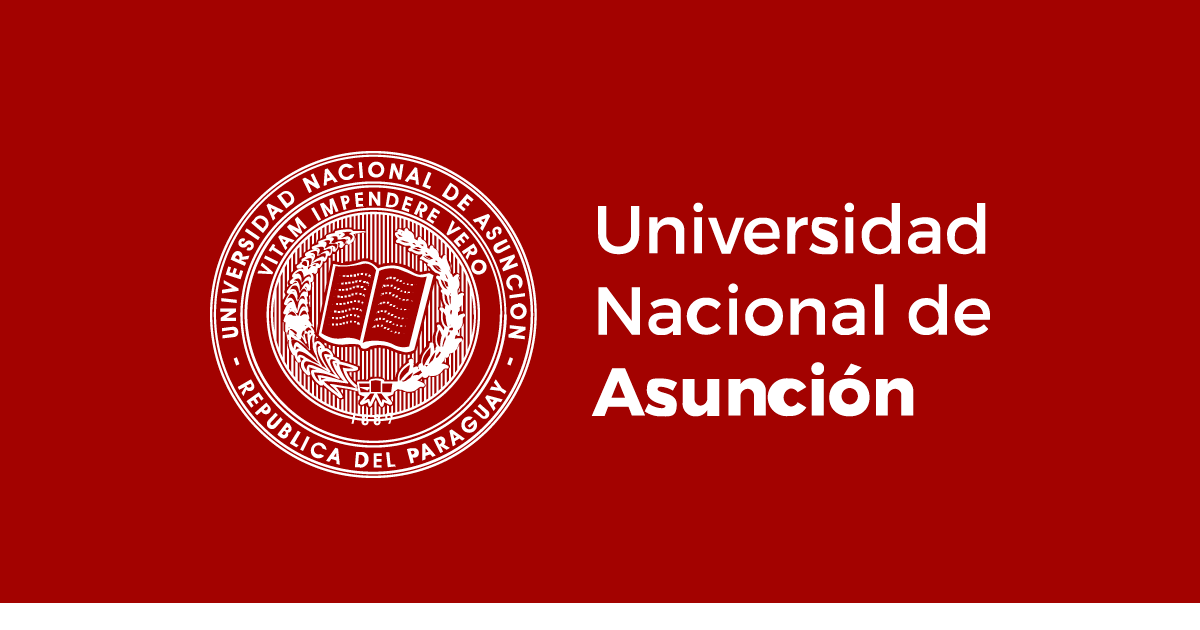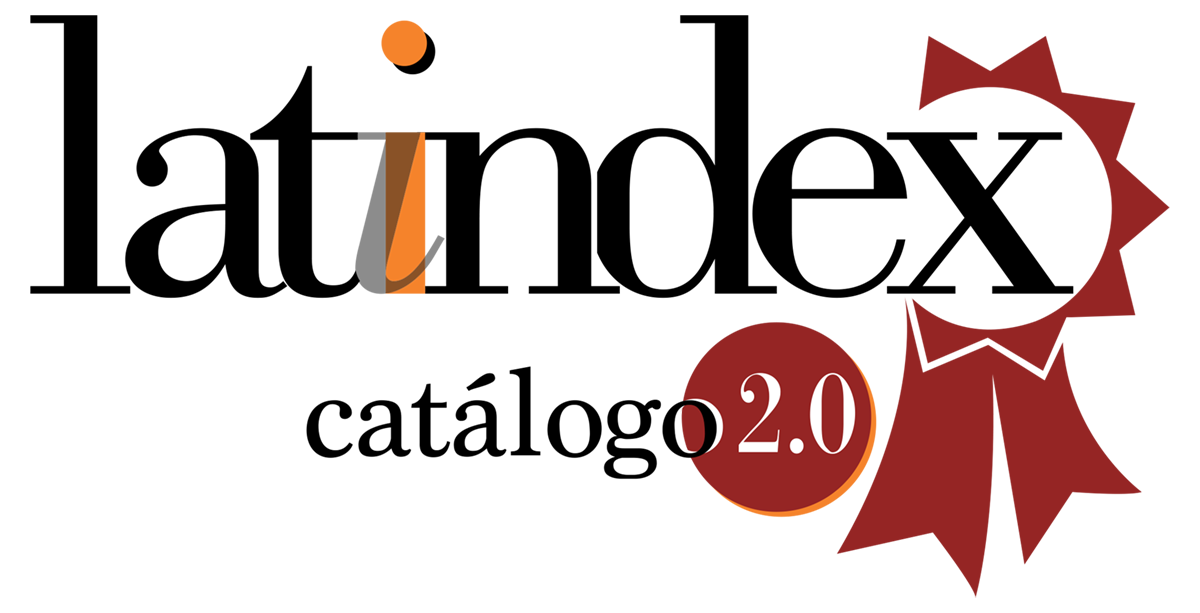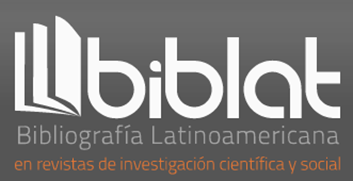Improvement of public health and quality of life as a mechanism for increasing ethics, equity and transparency
DOI:
https://doi.org/10.47133/IEUNA22105aKeywords:
lifestyles, chronic noncommunicable diseases, quality of lifeAbstract
Ethics and equity in health are fundamental components of social justice. Different lifestyles are primary determinants of behavior and incidence for the appearance of Chronic Non-Communicable Diseases (NCD). The purpose of the study was to determine the characteristics of lifestyles associated with the presence of chronic non-communicable diseases NCDs: Arterial Hypertension (AHT) and Diabetes Mellitus (DM), in the adult population of the Nuevo Horizonte Social Territory of the city of Coronel Oviedo, in order to strengthen the quality of life in the context of Ethics, Equity and Transparency (EET), through strategies for the promotion of healthy lifestyles. The study design was observational and descriptive, cross-sectional, quantitative approach, with an analytical component. Eighty-three people were surveyed. The calculation of anthropometric measurements, calculation of body mass index (BMI) status, and control of Capillary Glycemia Level (CGL) were analyzed. The results reveal that 28.92% are overweight and obese; 53.01% have high blood pressure (BP) and 43.37% admit physical inactivity. The response on healthy lifestyles shows that they are very variable and that there is awareness of the importance for the quality of life. The relationship between healthy lifestyles and NCDs is complex, taking into account that most of them have a family history and others are unaware of it, more detailed studies are required to clearly establish the dynamics that operate between them.
Downloads
References
Cañete, F., Fretes, G., Sequera, V. G., Turnes, C., Santacruz, E., Paiva, T. & Benítez, G. (2016). Epidemiología de la obesidad en Paraguay. Anales. Universidad Nacional de Asunción. Facultad de Ciencias Médicas, 49(2), 17–26. https://doi.org/10.18004/anales/2016.049(02)17-026
Constitución Nacional del Paraguay 1992. https://www.oas.org/juridico/spanish/par_res3.htm
Dever, G. E. & Alan, F. (1991). Servicios de salud Epidemiologia y Administración Sanitaria. Organización Panamericana de la Salud. OPS, OMS.
Jiménez M., Bazzano N., Ayala F., Denis S.E., Aranda G. B., Figueredo, R. & Barrios, L. (2004). Prevalencia de obesidad y otros factores de riesgo cardiovascular en una población rural del Paraguay. Anales de la Facultad de Ciencias Médicas de la UNA, 37(1-2). https://revistascientificas.una.py/index.php/RP/article/view/1413/1380
Keays, R. (2007). Diabetes. Current Anaesthesia and CriticalCare, 18(2),69–75.https://doi.org/10.1016/j.cacc.2007.03.007
La Nación. (2021). COVID-19: señalan que periodo más crítico será entre junio y julio.https://www.lanacion.com.py/pais/2021/05/16/covid-19-senalan-que-periodo-mas-critico-sera-entre-junio-y-julio/
Malo-Serrano, Miguel, Castillo M, Nancy & Pajita D, Daniel. (2017). La obesidad en el mundo. Anales de la Facultad de Medicina, 78(2), 173-178. https://dx.doi.org/10.15381/anales.v78i2.13213
Mejía-López, J. & Gómez-Peñaloza, S. A. (2017). Trayectoria de vida familiar y estilos de vida: hipertensión arterial y diabetes mellitus II. Revista de Salud Pública, 19 (3), 291-296
OPS/OMS. (2022). Equidad en salud. https://www3.paho.org/hq/index.php?option=com_content&view=article&id=5586:health-equity-egc&Itemid=0&lang=es
MSyPBS. (2011). DIABETES, Encuesta realizada en el año 2011. (n.d.). https://www.mspbs.gov.py/diabetes.html
MSyPBS (2015). Análisis de la situación de ENT. Dirección General de Vigilancia de la Salud. https://dvent.mspbs.gov.py/analisis-de-la-situacion-de-las-enfermedades-cronicas-no-transmisibles/
MSyPBS (2017). Prevalencia de presión alta en adultos paraguayos es superior al 45 por ciento.https://www.mspbs.gov.py/portal/11886/prevalencia-de-presion-alta-en-adultos-paraguayos-es-superior-al-45-porciento.html
OMS. (2014). Informe sobre la situación mundial de las enfermedades no transmisibles 2014. https://apps.who.int/iris/bitstream/handle/10665/149296/WHO_NMH_NVI_15.1_spa.pdf
OMS (2021). Obesidad y sobrepeso. WHO. https://www.who.int/es/news-room/fact-sheets/detail/obesity-and-overweight
OMS/OPS (2021). Ética y Equidad en Salud. PAHO. https://www.paho.org/es/temas/equidad-salud
Ozcoidi, M. E., Pérez Jarauta, M. J. & Salcedo Miqueleiz, M. A. (2000). Estilos de vida, protocolos para profesionales: educación y comunicación en consulta individual. Pamplona, Instituto de Salud Pública.
OMS. (2012). Versión Panamericana de la OMS del método “STEPwise” de la OMS para la vigilancia de los factores de riesgo de la enfermedades crónicas - v2.1. STEPwise https://www.paho.org/hq/dmdocuments/2012/PAHO-STEPS-Instrument-v2-1-ES.pdf
Published
How to Cite
Issue
Section
License
Copyright (c) 2022 Pablina Rodríguez Fernández, Liz Justina Ortiz Fernández, María Encarnación Solesio Torregrosa

This work is licensed under a Creative Commons Attribution 4.0 International License.

















